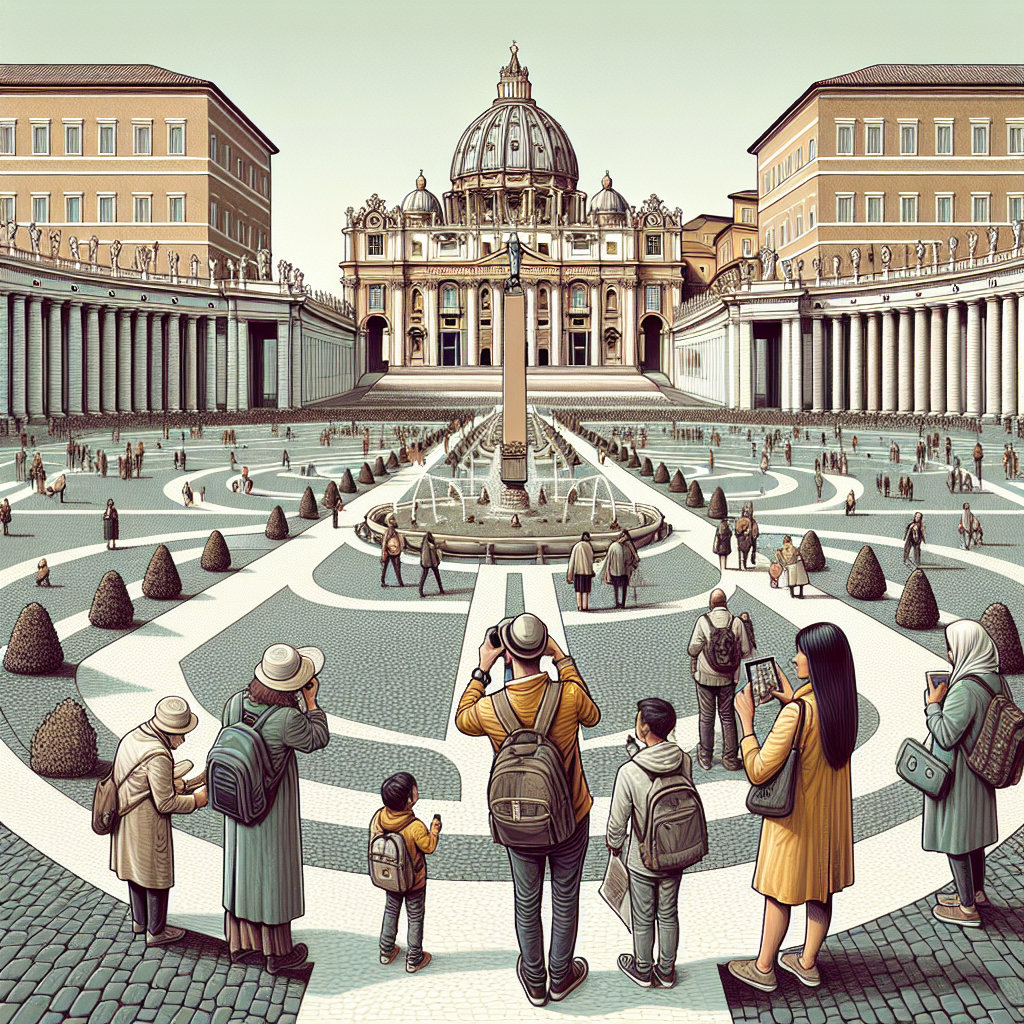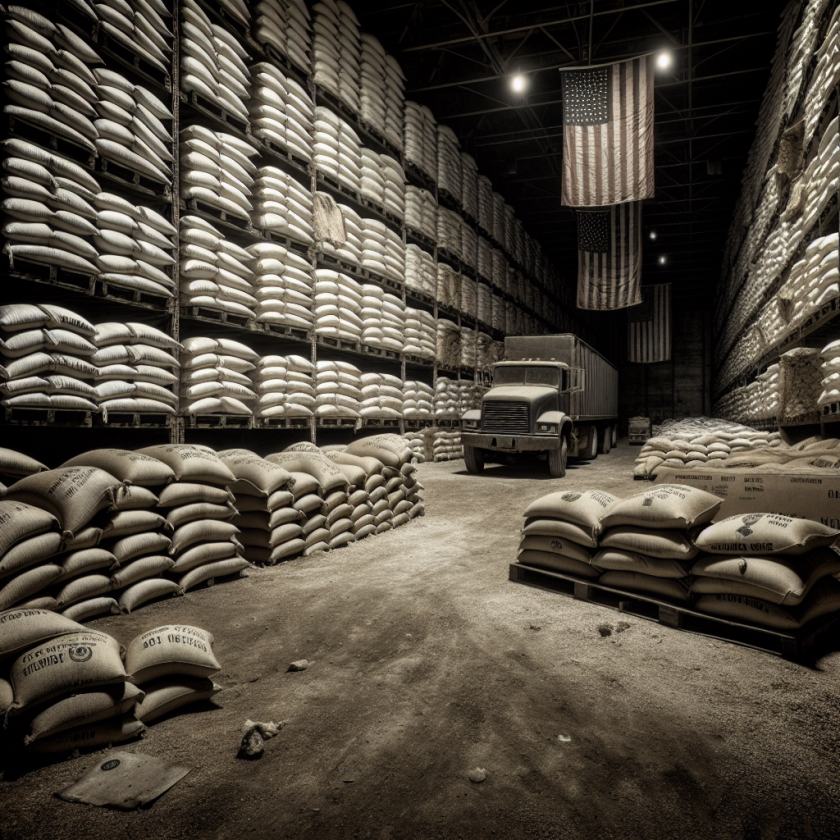Discovering the Vatican: Insights into the World’s Smallest State
Discovering the Vatican: Insights into the World’s Smallest State
Introduction to the Vatican
The Vatican City, an independent city-state enclaved within Rome, Italy, is renowned for its profound religious significance and rich history. As the spiritual and administrative center of the Roman Catholic Church, it offers a unique blend of religious, cultural, and political insights.
Historical Significance
The Vatican’s history is deeply intertwined with the evolution of Christianity and the papacy. It stands as a testament to centuries of religious influence and architectural grandeur.
- Founded in 1929 with the Lateran Treaty.
- Home to St. Peter’s Basilica, a masterpiece of Renaissance architecture.
- Houses the Vatican Museums, showcasing an extensive collection of art and historical artifacts.
Political and Religious Role
Despite its small size, the Vatican wields significant influence both politically and religiously. It serves as the epicenter of the Catholic Church, guiding millions of followers worldwide.
- Governed by the Pope, who holds supreme authority.
- Engages in diplomatic relations with over 180 countries.
- Hosts significant religious events and ceremonies.
Cultural and Artistic Treasures
The Vatican is a treasure trove of art and culture, attracting millions of visitors each year. Its artistic heritage is unparalleled, offering a glimpse into the creative genius of past centuries.
- The Sistine Chapel, adorned with Michelangelo’s iconic ceiling.
- Vatican Library, one of the oldest libraries in the world.
- Extensive collection of Renaissance and Baroque art.
Conclusion
The Vatican City, though the world’s smallest state, holds immense historical, religious, and cultural significance. It continues to captivate the world with its rich heritage and enduring influence, making it a must-visit destination for those seeking to explore the depths of history and spirituality.








































